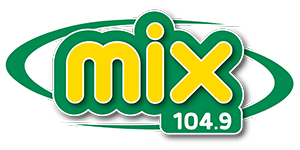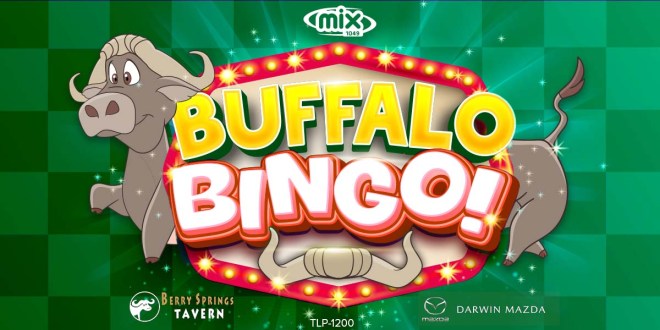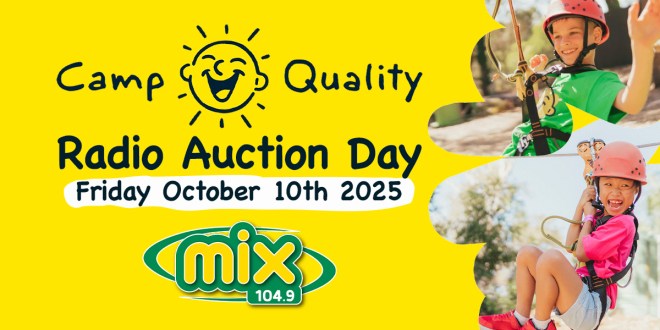Emojis have become a serious part of workplace communication, with nearly half of Australian full-time and part-time workers (45%) frequently using them. However, 65% admit they often worry their emojis might be misunderstood.
Enter Vodafone’s Emoji Decoder—a handy guide designed to help Australians communicate more effectively and avoid emoji-related misinterpretations at work, because emoji meanings can vary widely across age groups, genders, marital statuses, and even locations.
Thumbs Up 👍: Agreement or Subtle Shade?
The thumbs up emoji is one of the most commonly used, with nearly four in ten workers (38%) relying on it to express agreement. But younger workers often find it dismissive or sarcastic. One respondent shared that they initially thought a colleague’s thumbs up was passive-aggressive, only to realise it simply meant “OK.” This serves as a reminder that even the simplest emoji can be interpreted differently depending on the recipient.
Skull Emoji 💀: Dark Humor or Confusion?
The skull emoji highlights generational differences. For 30% of Gen Z, it represents dark humor or sarcasm. Meanwhile, 32% of millennials use it to signal exhaustion, and 34% of older generations interpret it literally, often as a warning. One worker recalled thinking they had offended a younger colleague who responded with a skull emoji, only to learn it meant “I’m dead from laughing.” Another added, “I thought I’d killed the vibe, but it turns out they were just laughing!”
High Five or Prayer? 🙏
Over half of workers (56%) use the high-five emoji to express gratitude, but nearly a quarter (24%) of Gen X interpret it as a prayer symbol. One respondent shared their confusion when a younger colleague sent the emoji: “I wasn’t sure if they wanted me to pray for them!”
Crying Laughing 🤣: Laughing With You or At You?
The crying laughing emoji remains widely used, with 77% of workers relying on it to convey genuine humor. While 42% use it to show something is extremely funny, and 35% for uncontrollable laughter, others use it to mask awkwardness or nervousness. For these users, it’s less “ha ha” and more “ha… help.”
Melting Face 🫠: Burnout or Drama?
This newer emoji is becoming a staple in the workplace, particularly for remote workers. Hybrid employees often use it to signal burnout (24%), while 32% of remote workers deploy it theatrically, exaggerating reactions or expressing frustration.
Fire Emoji 🔥: Compliment or Catastrophe?
The fire emoji sparks mixed reactions. While 40% see it as a symbol of excitement or something impressive, older generations often interpret it literally. For 16% of Gen X, it’s a warning that something is actually on fire, while others think of it as a cheeky compliment or playful “burn.”
Sneaky Eyes 👀: Curiosity or Suspicion?
Few emojis are as open to interpretation as the sneaky eyes. While 33% of full-time workers use it to signal curiosity (“Ooh, tell me more”), 30% of part-timers see it as a sign of suspicion. A small percentage (6%) use it in anticipation, often after receiving a vague message like, “Hey, how are you?” from someone they haven’t spoken to in ages.
Eggplant 🍆: Innocent Veggie or Awkward Slip?
The eggplant emoji has a reputation that precedes it. While harmless in the kitchen, it carries a different connotation in other contexts. One respondent shared that an elderly colleague used it innocently to talk about her homegrown eggplants. Another was shocked when their boss sent two eggplant emojis to celebrate a deal with an actual eggplant company. Even produce can be misread.
A Universal Challenge
These findings highlight a key challenge: while emojis are widely used in Australian workplaces, their meanings aren’t universal. The same emoji can convey enthusiasm, sarcasm, or stress, depending on the sender and recipient.
Vodafone’s Emoji Decoder offers valuable insights into navigating these differences, helping Australians communicate with confidence in the ever-evolving world of workplace emojis.
To download Vodafone’s Emoji Decoder, visit here.









